Column
media
media
column
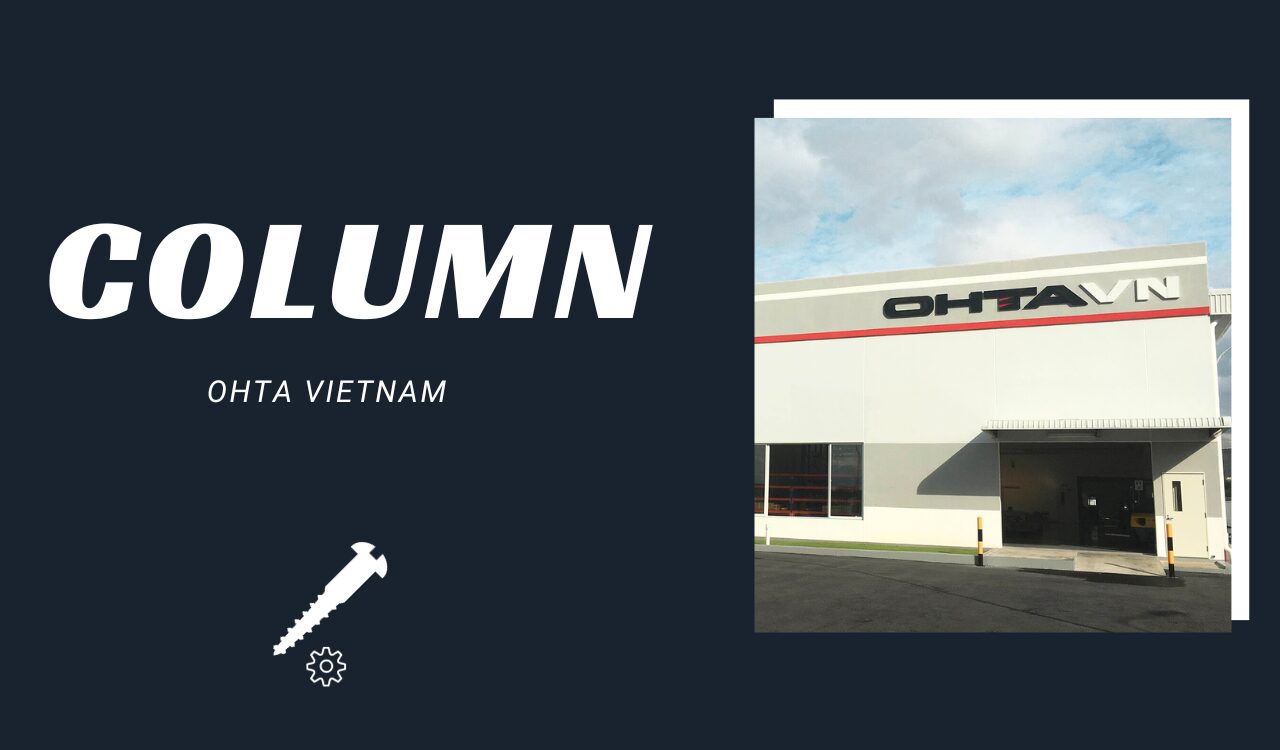
Screws and bolts are crucial components that greatly affect the safety and durability of products. By choosing the right tools and mastering proper handling techniques, you can improve work efficiency and quality. Don’t forget to maintain your tools regularly to ensure they are in optimal condition, as this is the first step towards improving product quality.
Screws and bolts may look similar, but they are different components. Generally, screws are used alone to fasten materials, while bolts are used together with nuts. Screws can be directly fixed into materials like wood, metal, or plastic, whereas bolts are often used with nuts and washers to secure machine parts or construction materials.
Both screws and bolts consist of the “head,” “shaft,” and “thread.” The head is the part turned by a tool, and the shaft affects the length and strength. The pitch (spacing) of the threads determines the holding power, with finer threads offering higher fastening strength.
▼ Basic Knowledge of Screws and Bolts
URL: https://ohtavn.com/en/about-dealings/basic-knowledge/
▼ Thorough Explanation of Screw Types! How to Choose the Best for Your Manufacturing Site
URL: https://ohtavn.com/en/media/screw-type/
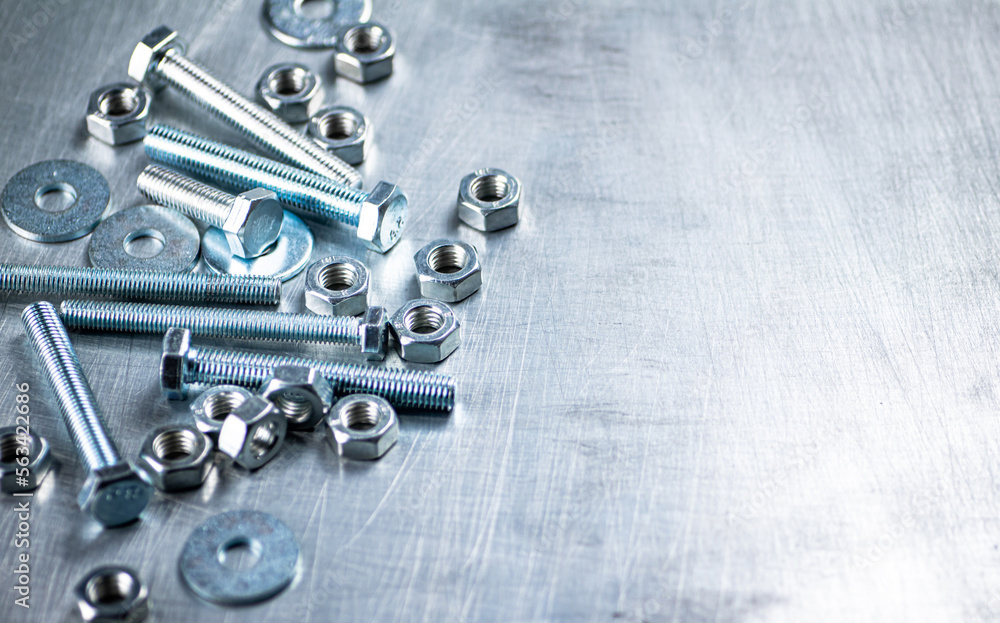
Selecting the right tools for handling screws and bolts is essential for ensuring proper fastening. Here, we explain the main types of tools and their features.
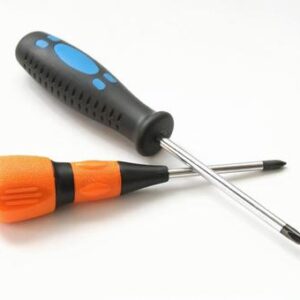
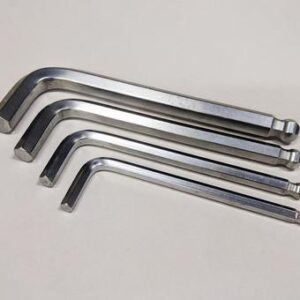
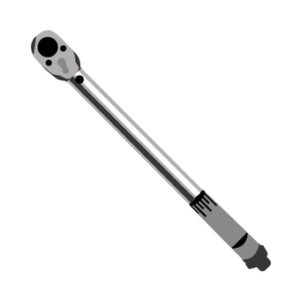
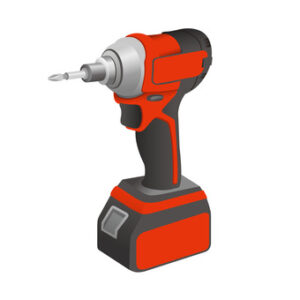
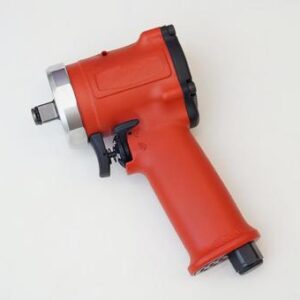
Choosing the right tool for the head shape of screws and bolts enhances work efficiency and significantly affects product quality. For example, using a Phillips driver for Phillips screws and a slotted driver for slotted screws is essential. Similarly, hex bolts must be fastened with hex wrenches or hex sockets to avoid damage to the threads or bolt heads.
Torque, or the rotational force applied when tightening screws and bolts, greatly impacts product reliability. In applications like precision instruments or critical structures, managing torque is essential. Excessive tightening can damage components, while insufficient torque can cause loosening or detachment. To prevent these issues, a torque wrench should be used to ensure screws and bolts are tightened to the manufacturer’s specified torque values.
Selecting the right tools for the work environment is another crucial element for efficient operations. For example, an L-shaped hex wrench or a slim electric driver is convenient for working in tight spaces. Conversely, when a large number of bolts need to be tightened, an impact driver or electric wrench is effective.
It’s also important to consider specialized tools for specific purposes. For example, Torx or Pozidriv screws require dedicated drivers. This prevents damaging the screw head and ensures proper fastening. Similarly, tamper-resistant screws used for security purposes may require specialized tools.
A torque wrench is an essential tool for precisely managing the clamping force of screws and bolts. Proper torque management is crucial for ensuring product reliability and safety. Correct tool selection and appropriate torque management enhance work quality and prevent accidents or problems.
Before using a torque wrench, set the correct torque value for the screws or bolts you are working with. Typically, the appropriate torque is specified in the product manual or design specifications. When setting the wrench, check the dial or digital display to ensure accuracy.
When using a torque wrench, securely set it on the bolt or nut and rotate slowly. With a click-type wrench, you’ll hear a “click” sound once the set torque is reached, indicating that no further tightening is necessary. Be careful not to apply extra force after hearing the click, as this could result in overtightening and damage.
Over time, the accuracy of torque wrenches may decrease, making regular calibration necessary. Regular checks and calibration ensure that the tool remains accurate and reliable.
Using a torque wrench to apply the correct torque significantly enhances the durability and safety of products. Proper torque management also reduces the frequency and cost of maintenance, ensuring long-term performance and quality.

Common problems when tightening screws and bolts include over-tightening and loosening. To prevent these, it is important to adopt the following methods:
There are various methods to prevent loosening:
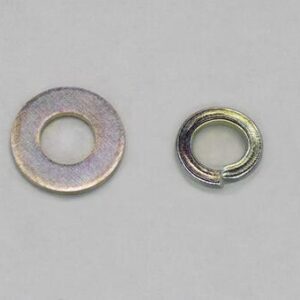

Maintaining tools is essential for proper handling of screws and bolts. Below are key points for tool maintenance:

Using electric drivers or electric wrenches dramatically improves work efficiency when fastening large quantities of screws or bolts. Compared to manual labor, power tools can maintain a consistent torque, reducing worker fatigue. In production lines or mass production environments, introducing power tools can significantly shorten work times. Electric wrenches with adjustable torque settings also help prevent over-tightening or under-tightening, reducing part damage while supporting efficient operations.
The clamping force of screws and bolts directly impacts product performance, durability, and safety. Excessive tightening increases the risk of damaging screws or components, while insufficient tightening can cause loosening or detachment. Using a torque wrench or torque driver is essential to prevent these issues. A torque wrench ensures screws and bolts are tightened uniformly to the specified torque, maximizing product durability. Proper torque management also improves safety across the manufacturing process, minimizing the risk of accidents or malfunctions.
The efficiency and accuracy of work are significantly affected by the choice of tools. Selecting the right tools not only speeds up the work but also reduces the likelihood of mistakes. For example, choosing a dedicated driver or wrench for the specific screw shape ensures smoother work and prevents thread damage. Power tools tailored to the task allow for much faster, more uniform results compared to manual labor, drastically improving production line efficiency.
Regular maintenance is essential to ensure the safety and durability of screws and bolts. In particular, screws and bolts exposed to harsh environments are more prone to loosening and corrosion. Regular inspections and timely replacements help prevent major issues. For example, in industrial machinery, screws may loosen due to vibrations and load, so periodic retightening and lubrication are recommended. Applying anti-rust agents also prevents corrosion and extends the life of screws, reducing the risk of significant failures.
When screws and bolts deteriorate, their strength is compromised, negatively affecting product safety. Screws exposed to moisture are particularly prone to rust, so early replacement before corrosion advances is crucial. Rusty screws cannot provide adequate clamping force, leading to product malfunctions or accidents. Choosing stainless steel screws or zinc-coated bolts improves rust resistance, and regular inspections in outdoor or chemical environments ensure early replacements to maintain safety.
Tool maintenance is an important factor in ensuring the proper handling of screws and bolts. Worn or damaged tools can lead to inaccurate work, damaging threads or causing bolts to loosen. Tools that require torque management, such as torque wrenches or electric drivers, must be calibrated and adjusted regularly. Regularly inspecting the condition of tools, lubricating them, and storing them properly extend their lifespan and improve work precision, reducing the risk of trouble during operations.
For inquiries regarding samples or materials, please respond to this email or contact our sales representative!
At Ohta Vietnam, we not only provide ready-made products such as screws and bolts, but also support activities in the manufacturing field such as cutting, inspection, assembly, packaging…
Our equipment list is here
As a “specialized support” for the manufacturing industry in Asia. If you have any related questions, feel free to contact Ohta Vietnam for detailed support!
URL: https://ohtavn.com/en/contact/